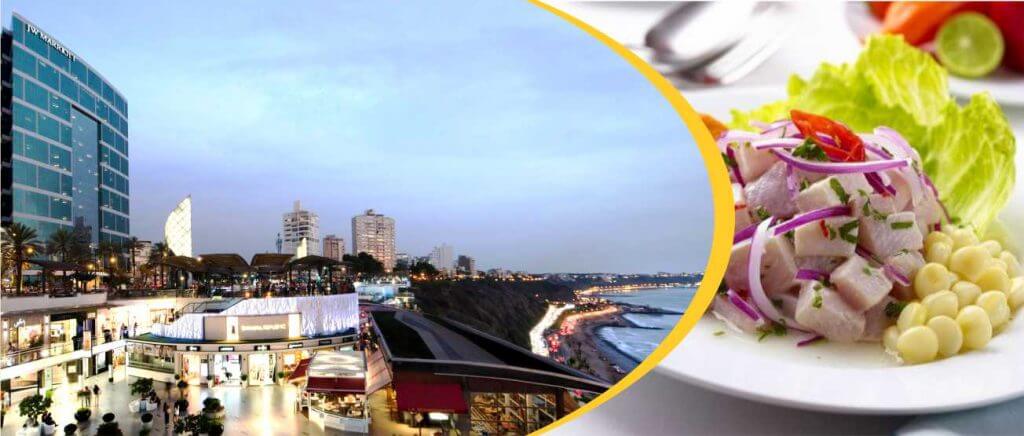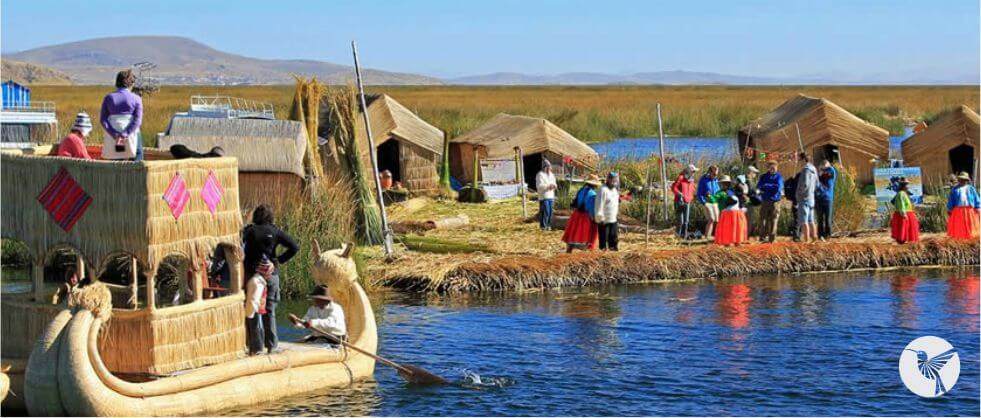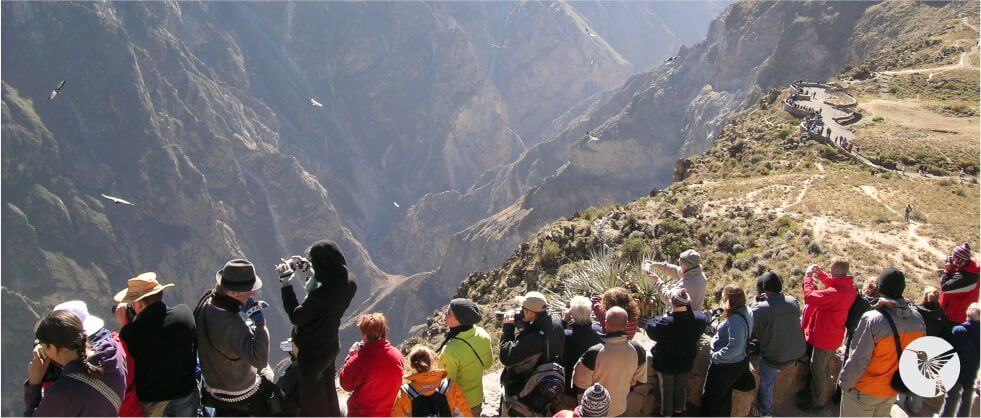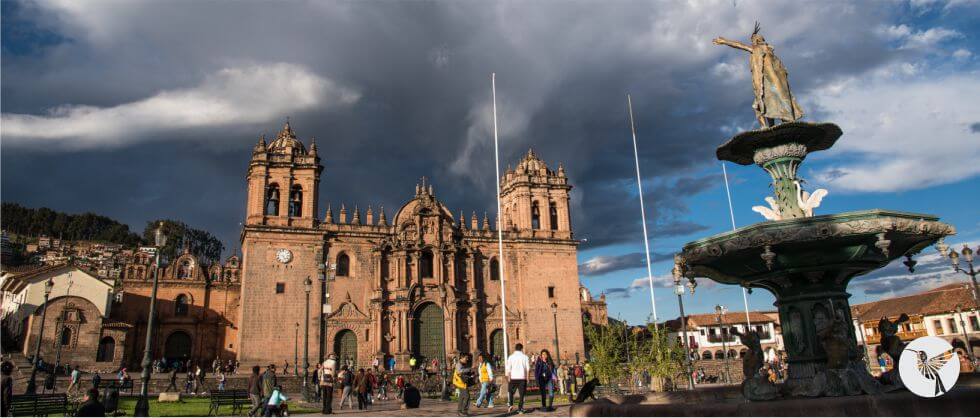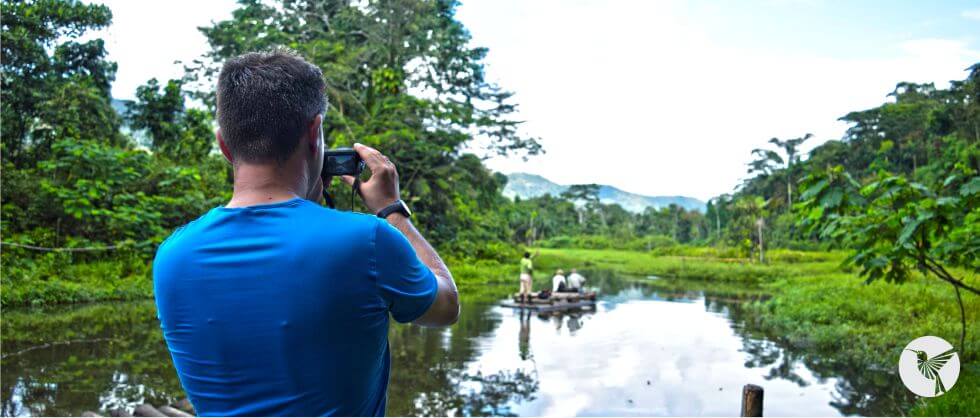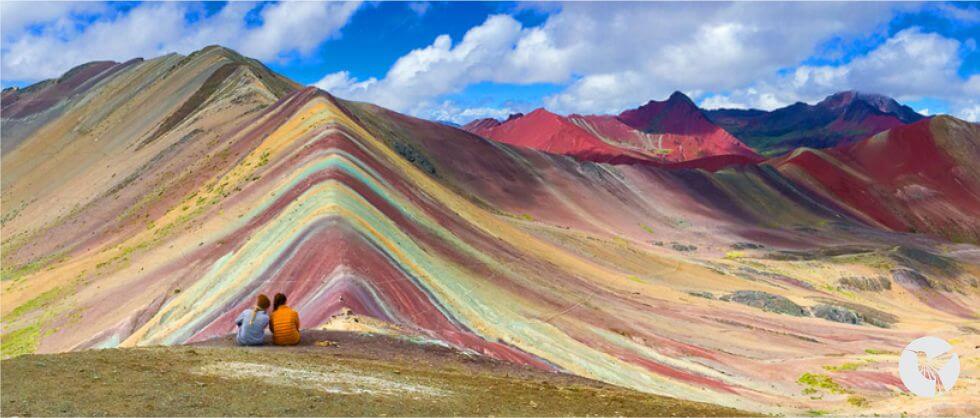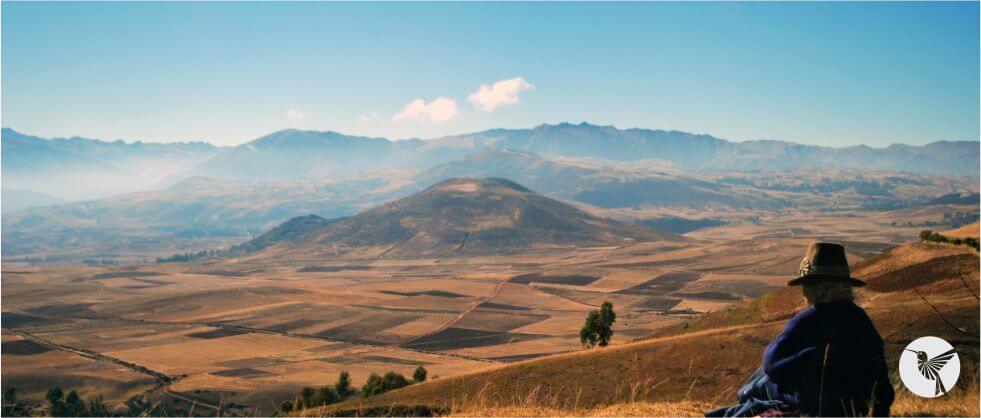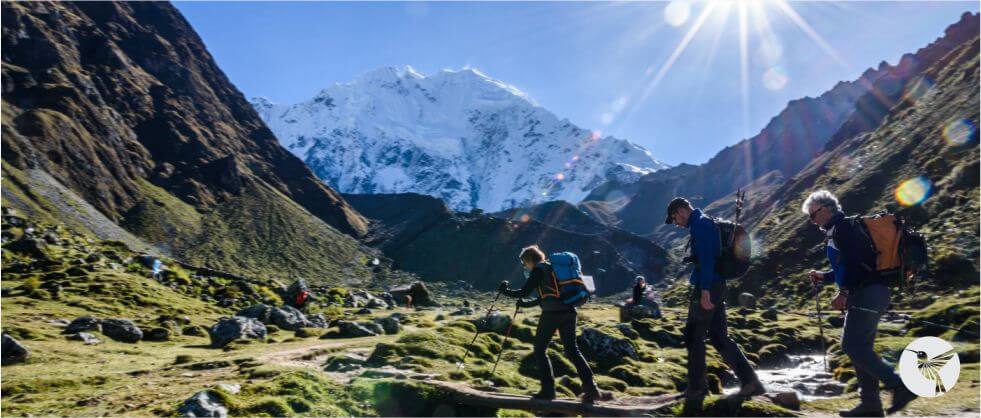- +51 992 860 327
- info@neotropicperu.com
About Peru Destinations
Downtown Lima is the heart of five centuries of traditions.
Founded by the conquistador Francisco Pizarro on January 18, 1535, it was known as the “City of Kings”, with reference to the Magi, or “King Magicians” as the are known in Spanish, because of the nearness of the Epiphany feast, January 6. This intriguing name entices us towards a panorama which is fundamentally structured around its two original districts: the Cercado and The Rimac, which are a must for tourists who wish to have a round vision of what was and is the capital city of Peru.
Four hundred and eighty miles south from Lima, Arequipa is a province celebrated for its blue skys, broad valleys, spectacular food and warm welcome by its people. The city lies at an altitude of 7,600 feet above sea level in the highlands of the Andes. Its historic center is renowned of its colonial architecture and its stately houses, convents and churches built with ashlar, a white volcanic rock that has given to Arequipa the title of the “White City”.
A journey through the precious Amazon filled with adventure, nature, wild life and stunning landscapes of Tambopata.
Explore the spectacular macaw clay lick “collpa” in the Bahuaja-Sonene National Park and the pristine Sandoval lake in the Tambopata National Reserve.
Take walks through the National Reserve and the Bahuaja Sonene National park
This tour is a must for nature lovers in the heart of the Peruvian amazon.
Machu Picchu is the synthesis of Andean cosmic vision, and an homage to nature. The man who rediscovered the archaeological complex, American profesor Hiram Bingham, called the site “the most important monument of the civilizations of the Americas”. Its spectacular and skillfully-crafted location expressed the need of Andean Man to please the gods.
Cusco, cradle of the greatest civilization in the Americas, is home to a fertile valley that continues to serve as a bread basket fot the descendants of the Incas. The Sacred Valley, the Urubamba, overshadowed by its mountain guardians, features towns like Pisac, Chincheros, Maras, Yucay, Urubamba and Ollantaytambo, which are a living testimony to the evolution of a culture which is proud of its origins and beliefs, We approached this gateway to the Inca roads that lead to the citadel of Machu Picchu, in a unique flight through the Andean skies.
This trek is a perfect alternative for those unable to book the Inca Trail. The Vilcabamba area was the holdout for the crumbling Inca rebellion. The trail traverses the high Andean plateau, crossing passes as high as 4,750mt-15,585ft for an up-close view of the sacred Inca peak, Salkantay (6,280mt-20,598ft). The route then descends into the beautiful Aobamba valley with its tropical climate and vegetation. All along the way there are native Andean villages that time seems to have passed by. After a marvelous train ride, arrive at the spectacular citadel of Machu Picchu for a never to be forgotten guided-tour of this architectural marvel.
